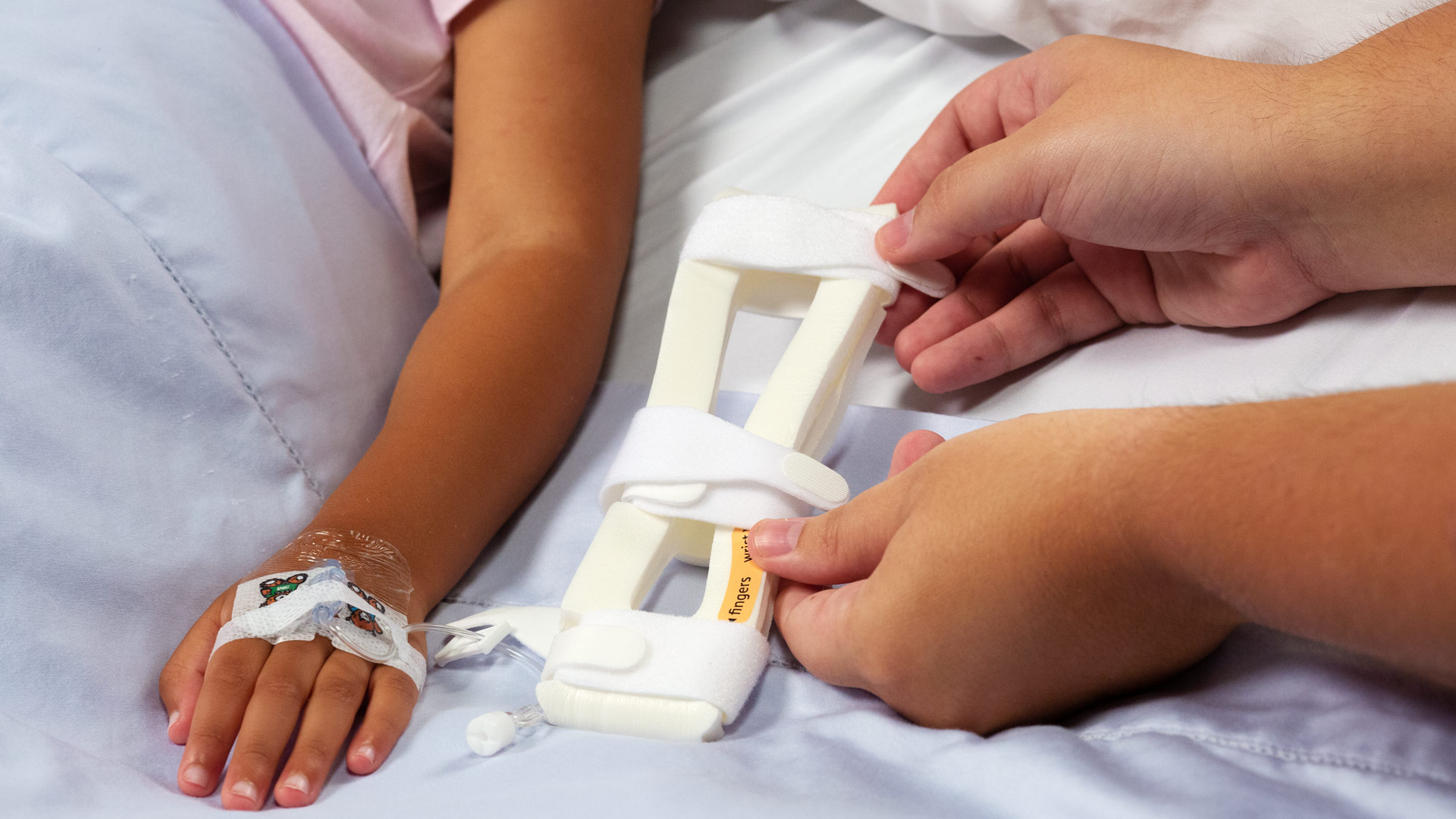A Successful Product Rollout Helps Improve Processes and Reduce Injuries
Congratulations! You’ve had a successful trial and Value Analysis and Purchasing have signed off on implementing I.V. House products. Here are tips we’ve learned from our hospital partners for a successful product introduction and rollout.
- Make a plan for stocking the products. Work with Central Supply to make sure the product is stocked and available prior to the rollout. Confirm everyone is aware of where the products will be stored, and how to request them when they begin to run low. If you need help with stocking solutions, please contact us. We’ve worked with hospitals large and small to create innovative stocking solutions.
- Craft your message. When introducing nurses to I.V. House products, you want to ensure your team understands WHY your hospital made the switch. This is a safety initiative designed to reduce patient harm. Here are some talking points to help spread the word:
- I.V. House products improve access to the IV insertion site, making manual and visual assessments faster and easier to perform.
- The Touch, Look, and Compare assessment method allows nurses to spot the signs of complications earlier, reducing the chance of serious injury.
- I.V. House products allow patients to participate in day-to-day activities without the worry of bumps and snags that can lead to dislodgment.
- Identify super users. These are the nurses who will serve as a “go-to” resource for staff members when you’re not around. Make sure your super users are well trained and understand the safety talking points.
- Get the word out. Make sure everyone is aware of the conversion to the new products. This includes:
- Nurse leadership (managers, educators, clinical nurse specialists, nurse practitioners)
- Supply chain
- Central supply (stocking)
- All nurses
- Set the schedule. Set a firm date for the “go live” and schedule on-site education if needed. Mention the “go live” date at huddles and staff meetings. Ask nurse leadership to do the same. Get your team excited about the opportunity to increase nurse efficiency and reduce patient harm.
- Remove the old products (if applicable). When the new products are added, remove the products they’re replacing. You don’t want nurses to fall into old habits.
- Take advantage of resources. Each package contains an insert with directions for use. Some products also include a notecard with important tips to ensure proper product application. In addition, our website offers training videos, downloadable PDFs of directions for use, product inserts, Badge Buddies, and Tips & Tricks sheets.
- Implement the rollout! We’re your partners in the product rollout. Our team is available for in-person or virtual education. We can work side-by-side with your nurses to teach proper application and share IV insertion site assessment tips.
- Stay in touch. Your I.V. House contact is available to answer questions, address concerns, listen to feedback. Please reach out with any questions.
I.V. House products are designed to reduce IV therapy-related complications, including moderate to severe infiltrates, especially when they’re paired with complementary interventions. Our hospital partners report the following results:
- Using the TLC Splint and I.V. House UltraDome, a large pediatric hospital in the Northeast saw a 30% reduction in severe infiltrates, a 42% reduction in moderate infiltrates, and a 55% reduction in mild infiltrates.
- A Midwest hospital saw a 20% reduction in pediatric patient harm with moderate to severe infiltrates.
- Another Midwest hospital saw a 17% decrease in infiltrates after using I.V. House products for approximately a year and a half.
- In a West Coast hospital, the I.V. House UltraDome® and TLC Splint were part of a bundle that reduced IV catheter loss from 21.0% to 2.7%, extending dwell times.
- Nurses in a hospital in the Southeast gave high marks to I.V. House products. 95% of nurses found the products easy to apply, but more importantly, 86% said they made it easy to assess the IV insertion site.
Finally, the results of a trial at St. Louis Children’s Hospital showed ZERO IV infiltrates in patients wearing the TLC Splint compared to 12 IV infiltrates in the patients wearing traditional armboards.
We’d love to hear results from your hospital after your product rollout. And remember, we’re here to help.
